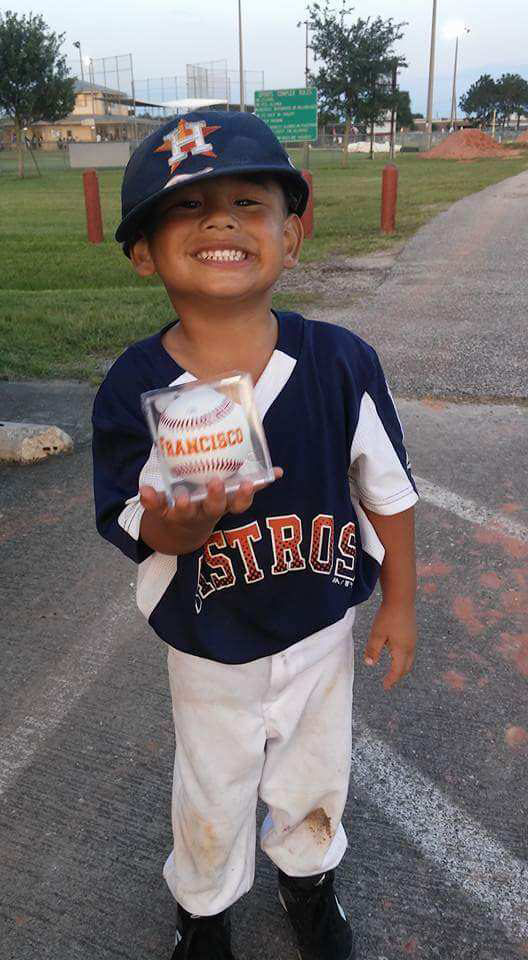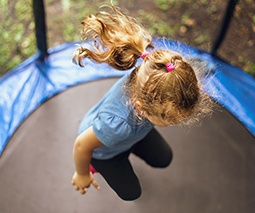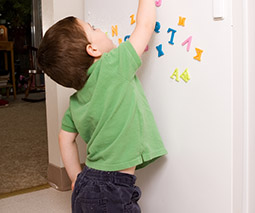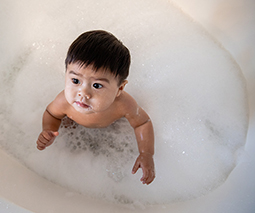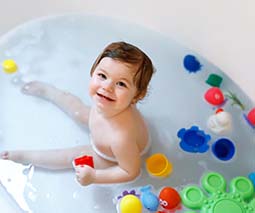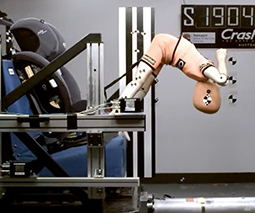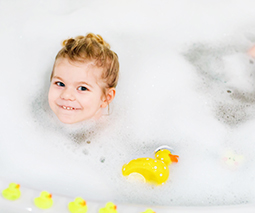Dad warns of ‘dry drowning’ danger as 4-year-old dies 5 days after swimming
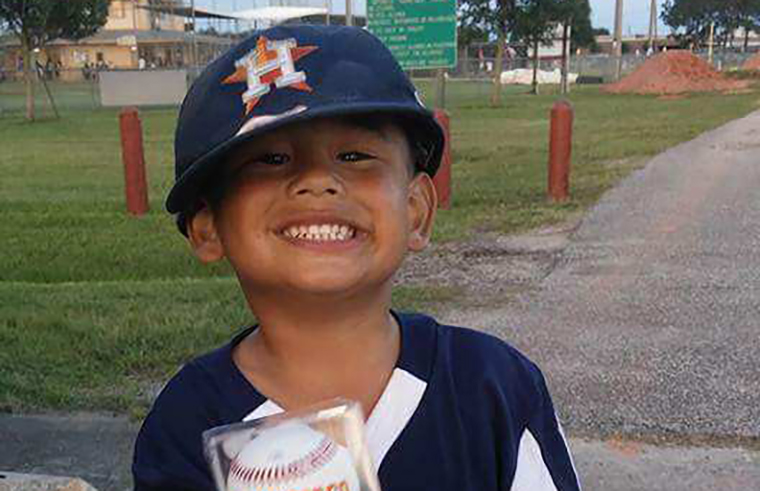
Secondary drowning and dry drowning are insidious forms of delayed drowning that can occur hours or days after a child has left the water. Knowing the symptoms could save a child’s life and prevent the tragedy this family have endured.
Delayed drowning
Texas dad, Frankie Delgado lost his 4-year-old son – also called Frankie – to this terrible condition and has shared the family’s story in the hope that other parents will recognise the signs of secondary drowning and seek medical attention promptly.
Frankie Snr told People Magazine the family had been playing at the beach on Memorial Day Monday when a wave knocked little Frankie over. He thinks this is when Frankie Jnr might have inhaled the fatal mouthfuls of water into his lungs.
Image: Delgado family
Unwell for days
The little boy was apparently unwell and unsettled – vomiting and having diarrhoea – in the days that followed their beach trip, but the family understandably had no idea that he was facing a life-threatening situation.
“Him throwing up, vomiting, there’s nothing uncommon about that. We didn’t think [Frankie] was gonna pass away or anything like that,” Frankie Snr said.
On Friday – five days after they all went swimming – Frankie Jnr said he was having shoulder pains and was extremely distressed.
“He just grabbed his chest and screamed. He took a deep breath and his eyes kind of rolled back, then he laid back down,” Frankie Snr said.
“I got up, I said, ‘Frankie, wake up!’ All of a sudden, he exhaled. I picked up his shirt and I couldn’t see his [chest] moving.”
It’s every parent’s nightmare.
Tragic loss
The little boy was rushed to hospital but sadly he passed away soon after, with doctors saying he’d had no brain activity for at least an hour.
“Me and my wife, we’re at a loss for words. I don’t want anybody to go through what I’m going through,” a grieving Frankie Snr said.
“This is real and this could happen to anyone. We’d never heard of [dry drowning]. I love my son so much. My son was my best friend. I played with my son every day. Now I can’t play with him anymore.”
What a terrible loss for this family.
Secondary drowning vs dry drowning
While they are often used interchangeably, there are apparently official differences between these two terms.
Secondary drowning: Water gets into the lungs, causing inflammation or swelling, making it difficult or impossible for the body to transfer oxygen to carbon dioxide and vice versa. There can be a delay of up to 24 hours before symptoms of secondary drowning become obvious.
Dry drowning: Water taken in through the nose and/or mouth causes a spasm in the airway and it closes up. Dry drowning occurs quickly, soon after exiting the water.
Both secondary drowning and dry drowning cause breathing distress and are potentially fatal.
Children with existing respiratory conditions – such as asthma – may be more prone to secondary drowning or dry drowning, experts say.
Symptoms and circumstances of secondary drowning and dry drowning
If you’re not sure how to spot the tell-tale signs of delayed drowning, here’s what you should be watching for:
- Water rescue – a rescued child must ALWAYS be checked by a medical professional.
- Coughing – persistent coughing can be a sign of something more sinister.
- Unusual breathing – especially fast, shallow breathing or laboured breathing.
- Sleepiness – it could mean the child is oxygen deprived.
- Forgetfulness or a change in behaviour – also symptoms of oxygen deprivation.
- Throwing up – this can be a sign of inflammation or a side-effect of consistent coughing.
Seek medical assistance if you are unsure or if any of these symptoms are present in a child that has recently been playing in water.
